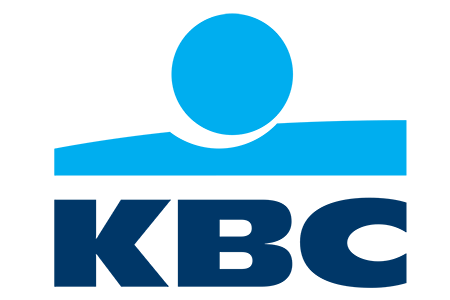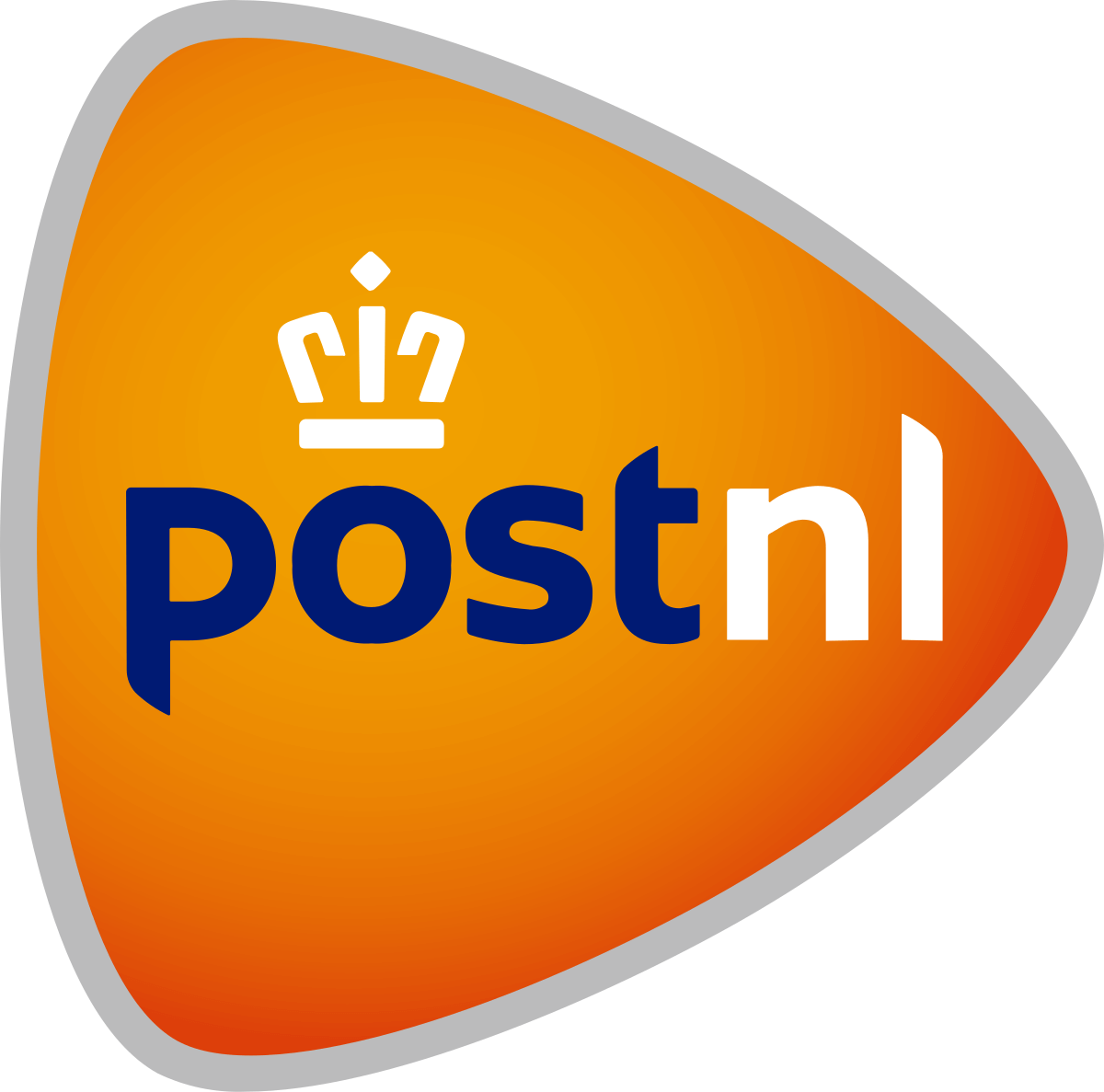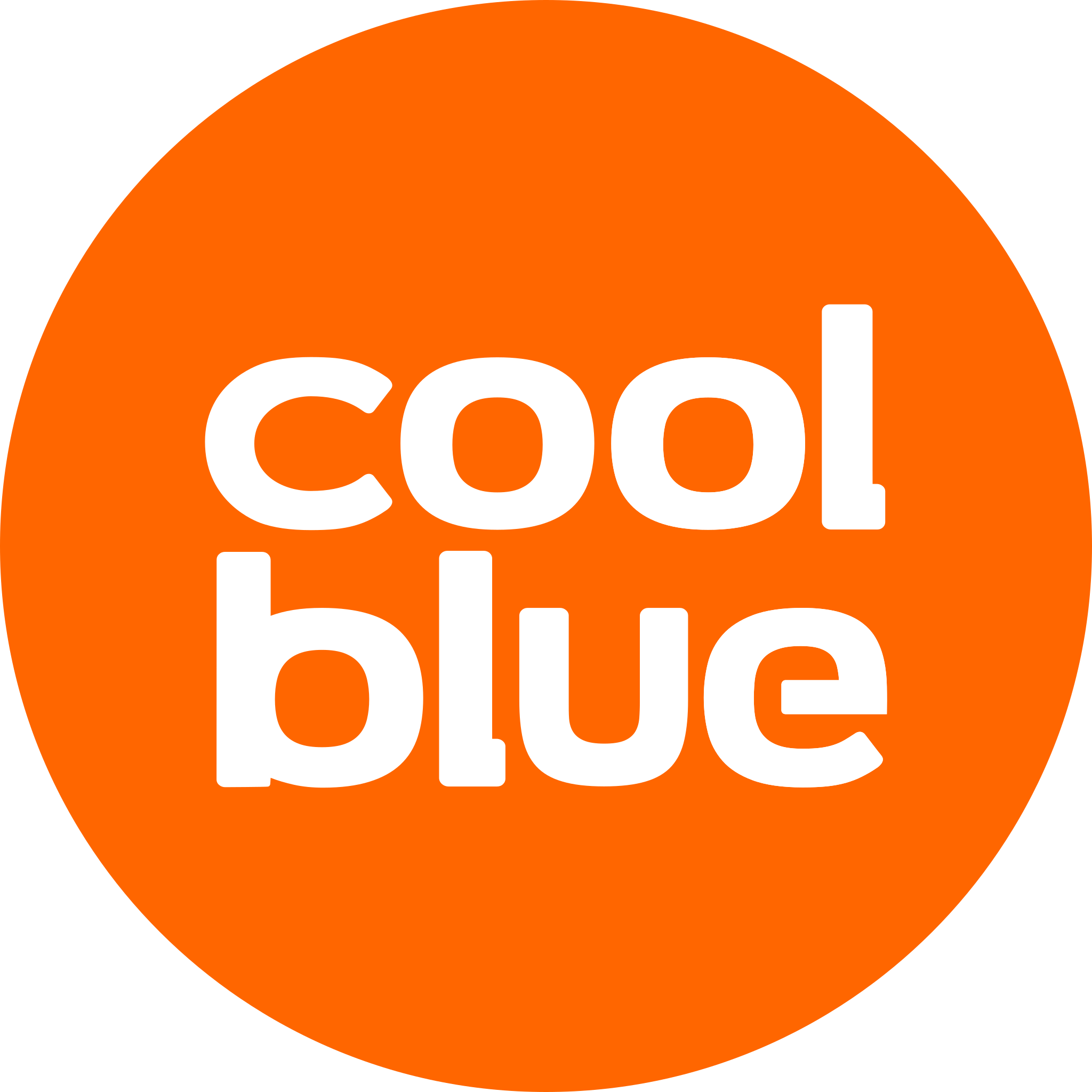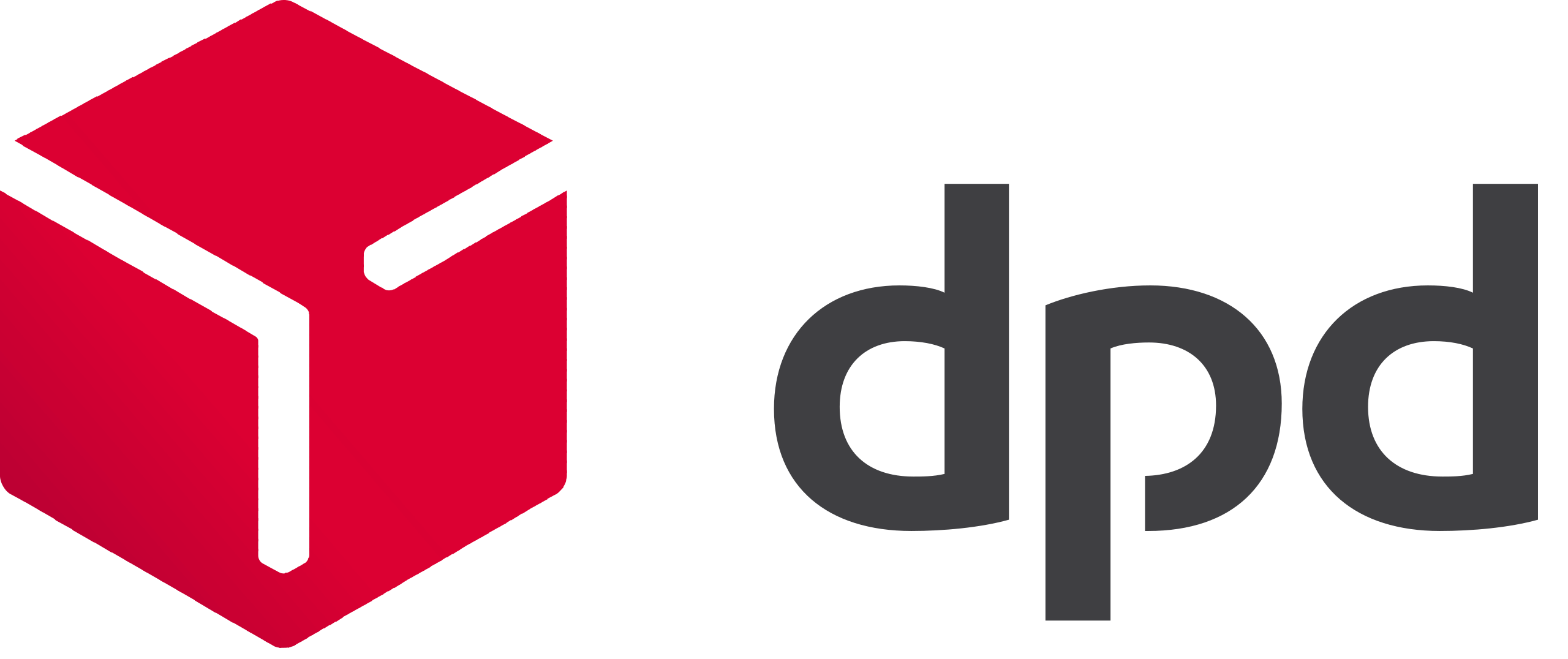SMS results in fewer ‘no-shows’ and a lower workload for healthcare staff
Every day, thousands of care providers are working to make people healthier, to reduce health problems and to cure patients. Even though we are living longer than ever, a lot of research, medication and treatment is still needed to fight diseases and treat people. And, of course, a lot of money is needed for that. Working efficiently is therefore a must. Because just like in the business world, time = money in healthcare. The better the time is used, the less money the care costs and that’s where the role of SMS comes in. SMS messages play a crucial role in effective operations in healthcare. What do we mean? We are happy to explain it to you.
Healthcare costs rise
Healthcare occupies an increasingly important place in our society. This is partly due to the fact that we are getting older on average and that the population is ageing. To give an impression of the importance of healthcare in the Netherlands: according to the CBS, in 2019 € 106.2 billion was spent on care and welfare (including childcare). That is 5.2 percent more than in 2018. This growth has not been as high since 2009. In total, an average of 6,120 euros per person was spent on care in 2019. That is 4.5 percent more than in 2018. Here you can find more information from the CBS about healthcare spending over the past 20 years in the Netherlands.
SMS makes a difference
Many studies have been done and many advisory reports written to keep the costs of healthcare in Europe as low as possible. From smarter purchasing of medicines to the development of innovative instruments that save time. But did you know that sending automated SMS messages is also an effective way to save costs (and even lives)? The 160 characters in an SMS message can make a big difference. Not only when it comes to reducing the workload of your staff and increasing patient satisfaction, but also when it comes to reducing the number of ‘no-shows’. Because when a client or patient does not show up (for whatever reason), unnecessary costs are incurred and diagnoses or treatments take place later or not at all. With all the consequences this may entail.
How SMS saves money
Practice has proven it: Sending a single SMS message to your clients in order to confirm an appointment at a care facility prevents a large number of ‘no-shows’. An appointment reminder by SMS ensures that the client is actively reminded that he/she is expected at the care facility at a certain time the next day. People and equipment are ready, space and time are reserved. Be welcome! And the good thing is: The knife of SMS service cuts both ways. On the one hand, the client is reminded of his responsibility. The importance of showing up at the scheduled appointment is brought to their attention in a friendly manner. On the other hand, the recipients experience such a low-threshold appointment confirmation and reminder as a pleasant service from the healthcare provider. Such a reminder of less than 160 characters is thus seen as a concise, friendly and personal way of letting people know they are expected. Win-win!
SMS rather than e-mail
You may think: But can’t we send an email too? Sure, e-mails are also used for appointment confirmations and reminders. But is it the smartest, fastest and easiest solution? We list the differences for you:
| Confirmation by e-mail | SMS confirmation |
| – The ‘Open Rate’ of e-mail is about 25%. – These emails are often opened after several hours or days. – It takes 4G or wifi to be able to send and receive emails. – Emails are less likely to be sent automatically. Typing and spelling errors will occur more often. – An e-mail often contains more and longer texts and is therefore less well read. – An e-mail always has a chance of ending up in a spam box. Or e-mails are sent to addresses that are no longer up-to-date. – E-mails are less sustainable than SMSs. A simple email causes an emission of 4 grams of CO2. | – The ‘Open Rate’ of SMS is about 97%. – More than 90% of SMS messages are opened within 3 minutes. – SMS runs over the telephone line, so no internet is needed. – With automated SMS, you reach your entire target group (or 1 individual) with the right text at the right time. – An SMS ‘forces’ the sender to formulate concisely. This increases readability. – Telephone numbers have a longer durability than email addresses. The chance that an SMS arrives is also greater for that reason. – An SMS only emits 0.014 grams of CO2. This is mainly because SMS are sent via telephone technology and not via the Internet. |
So if you want to send someone an extensive explanation or instruction, or you want to recommend something with a promotional text, then e-mail is a good choice, because sending an SMS requires short, clear texts. But when sending an appointment reminder, for example (or sending a One Time Password), a short, clear text is very pleasant for the recipient. Moreover, you can also include extensive information in an SMS. Just by sending a link to a website or an information page. That is much clearer than a long-winded text in the message itself. In short, the shorter the message, the greater the impact. And that’s what it’s all about, because more impact ultimately means fewer ‘no-shows’.
But also: Satisfied customers and a more efficient workflow. And working efficiently means fewer (unnecessary) costs. Costs that healthcare can better spend on research, diagnoses and treatments.
In this article you will find the most important differences between e-mail marketing and SMS service:
The convenience of SMS
Connecting an SMS service to your information system (e.g. for sending appointment confirmations), is easier than you think. Spryng has connections with (almost) all hospital information systems (HIS) and with most other healthcare systems. With one simple SMS API, staff can start working with SMS messages. Not only are appointment reminders and confirmations sent automatically by SMS, you can also use an SMS to confirm the cancellation of an appointment, for example. So that people don’t unnecessarily travel to your care facility. By sending an SMS with previously made, cancelled and new appointments, you communicate in a friendly, safe and effective manner. And that makes everyone happy: Your patients and your staff.
Communicate safely with OTP
In the healthcare sector, SMS messages are now often used as reminders. But once you have an SMS API, your SMS service can be used in many more ways, such as One Time Password (OTP). These are automatically generated passwords that can only be used once. It works very simply: a One Time Password is sent by SMS to the relevant telephone number and can be entered once to gain access or permission. Because the password changes every time, you minimise the risk of unauthorised access to confidential information and environments, such as EHRs and patient portals. Also in e-consults, using OTP is a secure way of allowing your clients to access the online chat.
2FA: Secure login with one SMS
Two Factor Authentication (2FA), like OTP, also significantly reduces the risk of fraudulent login attempts. With 2FA, a second, temporary access code is sent to your phone with an SMS to verify that you are the right person trying to log in to a platform online. Check-double-check in a few seconds. That’s hardly any effort for a lot of extra security.
With ISO and NEN guaranteed security
OTP and 2FA via SMS guarantee the privacy and security of patient data, but there is much more possible in the use of SMS services in terms of security. At Spryng, all this is guaranteed in our ISO 27001 and NEN 7510 certifications. We are the only SMS provider in Europe with both certificates. By following strict measures and protocols we can guarantee the protection of confidential and privacy sensitive information to our customers (and their clients). ISO 27001 is the world standard for information security. NEN 7510 focuses on healthcare institutions and suppliers that process personal health information (such as Spryng). Thanks to these certificates, Spryng guarantees the safety of data, transmission and arrival of the messages that really matter. And that is of great importance in healthcare. Sometimes even of vital importance.
Purposes of SMS in healthcare
An SMS service in healthcare has several uses. We list them for you:
– Appointment confirmation by SMS
Sending an appointment confirmation by SMS is the way to reduce the number of ‘no-shows’ significantly. A convincing effect with one small message.
– Appointment reminder by SMS
Patients also experience a reminder by SMS, shortly before each scheduled appointment, as a pleasant extra service. This is also shown by the figures: Appointment reminders and confirmations by SMS have the greatest impact. They have proven to have reduced the number of ‘no-shows’ in healthcare by about 70 percent in recent years.
– SMS authentication
Authentication via SMS is applied both internally (logging in by employees) and externally (logging in by clients) by healthcare providers. Doctors, other care staff and patients can use it to gain secure access to confidential information from any location. Without prying eyes.
– SMS alert in case of emergency
With an SMS alert, your organisation can warn a large group of people within seconds. A solution in case of calamities and emergencies.
In this article, you can read more about the different applications of SMS.
Curious?
Are you interested in using SMS for your healthcare institution? We will gladly tell you more about all the possibilities, specifically for your organisation. Or try out for yourself how well the SMS service works for healthcare providers, with a free test account. You can create a free account here. You can request a tailor-made, no-obligation quote here. The Spryng team is also available for other questions.








